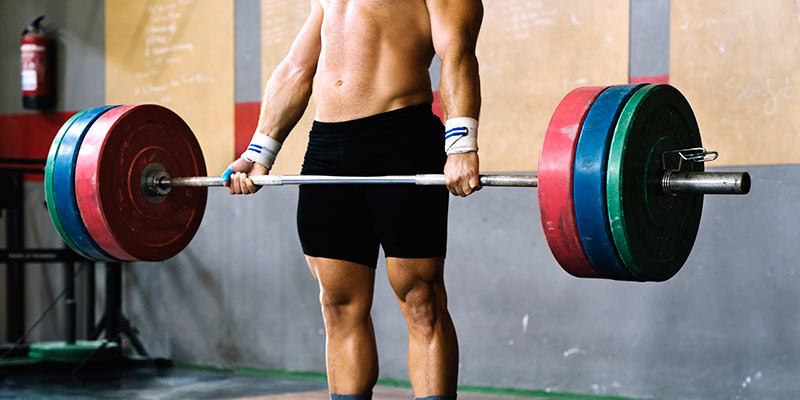Weight lifting is a physical adventure and a mental health booster in the gym. The strength and dopamine gains are why you work hard with dumbbells and barbells. However, you might not maximize your sessions if you ignore technique. Here’s why it matters more than you think and what you can do to correct your form.
Why You Should Care About Weight Lifting Technique
Every rep matters in the gym, especially if you have specific fitness goals. However, your technique could be getting in the way. Here are five reasons to care about using proper form with each exercise.
Protecting Joints
Experts say exercise protects your joints by putting a metaphorical brace around them. You could take your knees and elbows down the wrong path with improper form. Focus on the right techniques to prevent wear and tear and keep your body limber.
Ensuring Proper Posture
Besides the joints, your posture is happy when you implement fundamentally sound techniques. Harvard University says focusing on your upper back, chest, and core can fix posture. When your spine is neutral, you stabilize the targeted muscle groups and evenly distribute your body’s mass.
Getting the Most From Your Workout
If you last an hour at the gym, you should get the most from your time. Correct techniques mean you fully engage the intended muscles and avoid straining yourself. For instance, proper abdominal exercises include keeping your core tight to prevent your back from giving up.
The Real-Life Implications
The gym is an excellent place to work out because it’s a controlled environment. However, you can apply strength training lessons to everyday tasks. Proper deadlift techniques help you move couches, whereas overhead presses makes reaching for shelves more manageable.
Preventing Injuries
Implementing a weightlifting routine is great for consistency. However, even a consistent routine could increase injury risks if you focus less on your mechanics. Bad form strains your muscles and isn’t productive toward your fitness goals. The last thing you want is a herniated disc, which can lead to pinched nerves and an increased risk of sciatica, a common condition affecting 10% to 40% of the population.
Tips for Getting It Right Every Time
Proper form can be challenging, but it doesn’t have to be rocket science. Here are five tips to get it right and protect your muscles.
1. Warm up Your Limbs
Basic stretches increase flexibility and improve range of motion, so incorporate them into your routine. Think of them as lubricating a brass instrument with oil to make playing easier.
2. Use Lighter Weights
Who says you must set a personal best every time you step into the gym? Focus less on the numbers and more on technique when you lift weights. Lighter dumbbells and barbells let you master the basic movements of squats and deadlifts. Once you ace the lower levels, you can increase the load.
3. Maintain Control
You may feel tempted to lift and drop heavy weights as fast as possible. Barbells hitting the ground loudly can be a rewarding sound for weightlifters. However, your technique should focus on control and maximizing muscle activation. Heighten your awareness and lower the equipment slowly to make the eccentric phase more effective.
4. Remember to Breathe
Breathing is one of the underrated techniques of weight lifting. Some people hold it during training, whereas others overdo it. A good rule of thumb is to exhale as you lower weights and inhale when you lift. If you’re running out of air, you can intake more oxygen at the apex.
5. Use a Mirror
Watch each lift in the mirror and check your form to hold yourself accountable. Your reflection may be distracting, so be conscious and try to maintain focus. Alternatively, you could record yourself with a smartphone.
Perfecting Technique for Better Training Sessions
Building resilience is just as important as building strength. While record-setting deadlifts and squats are great, you need proper techniques for sustainable training. Focus on form to prevent injuries and master the fundamentals. Once you have them down, you can truly shine in your workouts.

